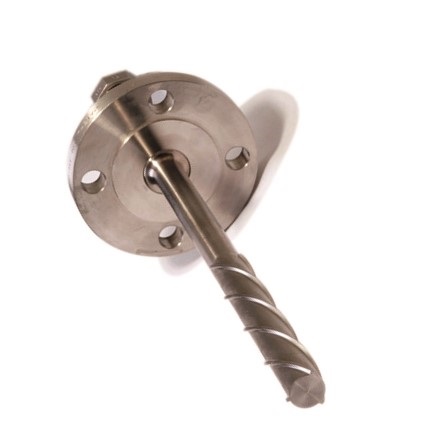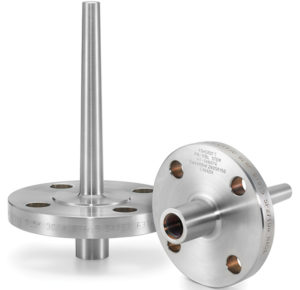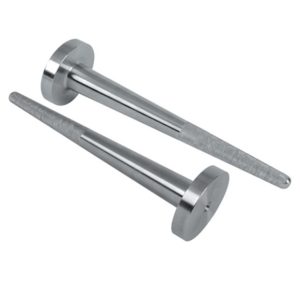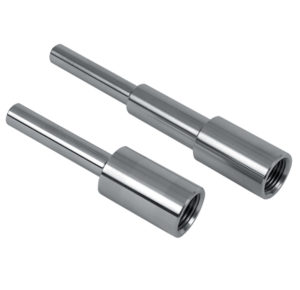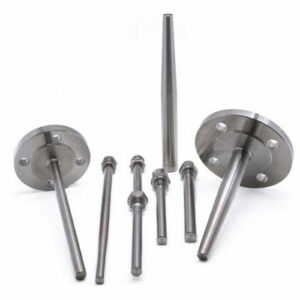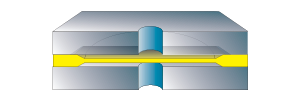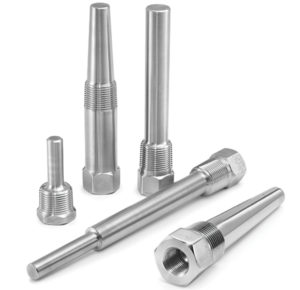

Vortex Thermowell
Vortex Thermowell
Data Sheets
Industry Brochures
Selection Guides
Product + Technical Information
Key Features
Full penetration welds on flanged thermowell
Helical strake design
No need for velocity collars
CFD (Computational Fluid Dynamic) analysis provided for challenging applications
One-piece bar stock construction
Selection of wetted materials
Material certificates to EN 10204:2004 3.1
Stamped with mil traceable materials and heat number
Markets & Applications
Food and Beverage
Oil and Gas
Refinery
Chemical and Petrochemical
Energy
- Specifications
- Downloads
Instrument Connection Style
Threaded
Process Connection Size
1 1/2", 2"
Wetted Parts Material
Duplex
Inconel
Hastelloy B
Carpenter 20 (2.4660)
Stainless steel 304 (1.4301)
Stainless steel 316L (1.4404)
Monel
Hastelloy C
Shank Style
Straight
Process Connection Style
Flange according to ASME B16.5
Bore Size
6.6 mm (0.260"), 9.8 mm (0.385"), 6 mm, 8 mm
Options
Lagging
Cap and Chain
Data Sheets
Industry Brochures
Selection Guides
Product + Technical Information
- Category: Thermowells

